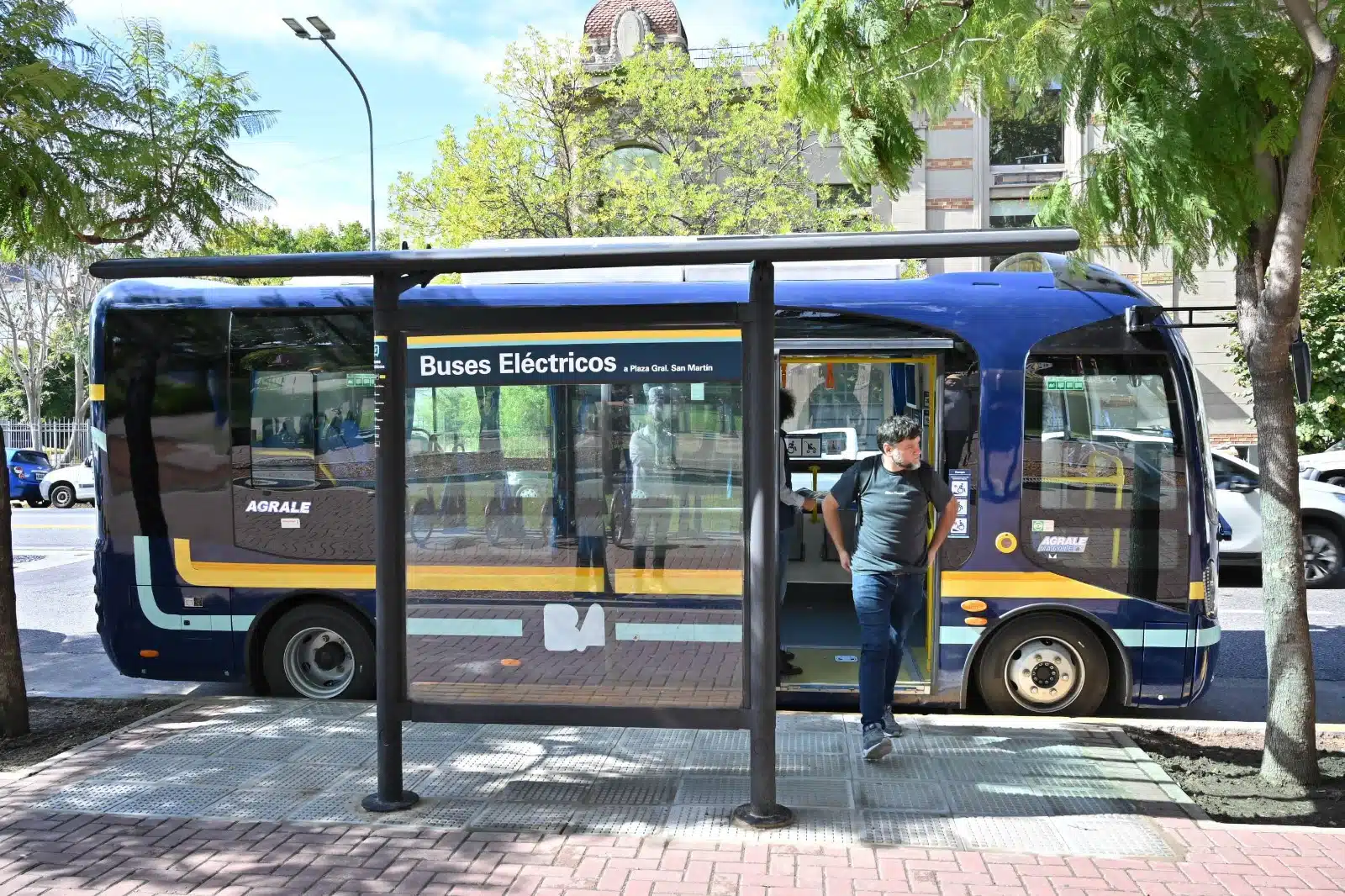Zeroing in on Zero-Emission Urban Transportation: The Global Shift to Clean Public Transit
Key Ideas
- Cities worldwide are embracing urban electromobility to combat pollution and meet environmental goals.
- The transition to electric and hydrogen-powered public transportation is gaining momentum, with over 70 cities committing to zero-emission buses before 2030.
- Benefits of electrifying public transportation include reduced greenhouse gas emissions, improved air quality, and quieter rides.
- Global strategies like the 'C40 Green and Healthy Streets' commitment aim to achieve zero-emission cities by 2030 through initiatives like promoting electric mobility and reducing traffic.
Cities globally are increasingly focusing on transitioning to zero-emission public transportation as a key strategy to combat urban pollution and mitigate climate change. The shift towards urban electromobility is gaining traction in major cities across the Americas, Europe, and Asia. Initiatives like the C40 network are driving over 70 cities to phase out combustion engine buses and adopt electric or hydrogen-powered units by 2030. This transition not only aims to reduce greenhouse gas emissions but also improve air quality and promote healthier urban environments. Key cities like London, Paris, Bogotá, and Santiago de Chile are already leading the way with electric bus fleets. The commitment to zero-emission public transportation is part of a broader strategy to build sustainable, healthy, and climate-resilient cities. Challenges such as financing and infrastructure exist, but the global momentum towards sustainable mobility is deemed unstoppable as governments and citizens recognize its importance in addressing the climate crisis.
Topics
Public Transit
Climate Change
Global Initiatives
Emissions Reduction
Electric Buses
Public Transportation
Clean Air
Sustainable Cities
Urban Pollution
Latest News
